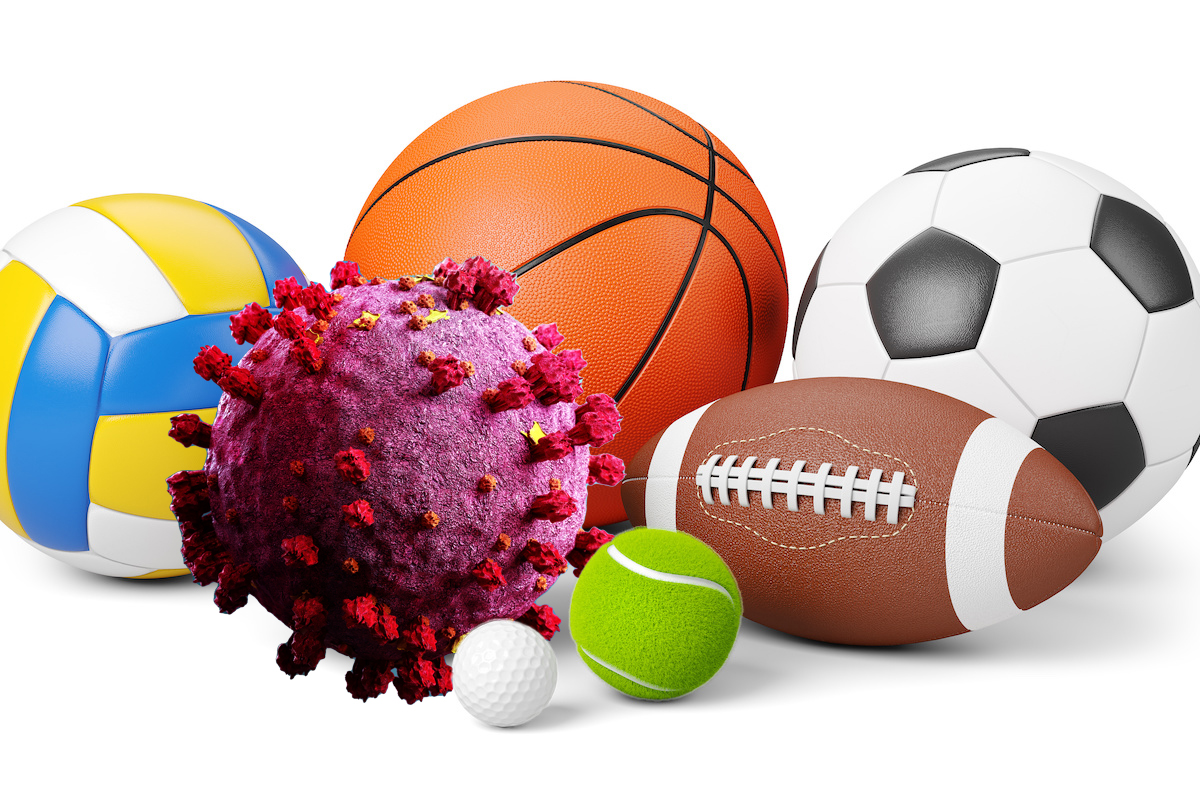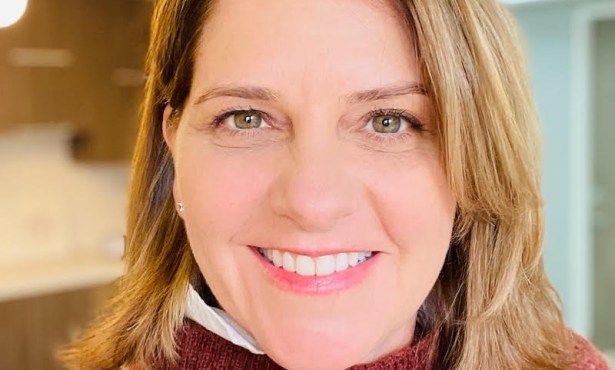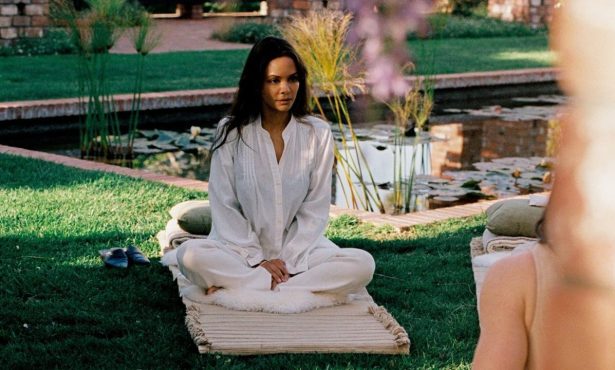The Impact of COVID on Prep Sports
Santa Barbara Pediatrician Dr. Daniel Brennan Offers Some Guidance for Minimizing the Effects of COVID on Teams

It has been more than three years since COVID-19 first emerged and changed the course of human history. Although public life has slowly returned to some semblance of normalcy, the specter of this elusive illness still affects everyday life, including on the playing field.
For athletes at all levels, remaining healthy and in peak physical condition is a priority. The effects of COVID on an individual athlete can be a major setback, and a string of COVID cases on a team can derail a season.
“In some sports, we can make things up or reschedule. Football is an anomaly where that is not ideal and not going to happen,” said Santa Barbara High School Athletic Director Todd Heil. “You are seeing coaches and athletes be responsible in the aspect of making sure they do test and make sure they are negative if there are any signs or symptoms.”
There have already been a few games canceled due to COVID in Santa Barbara and Ventura counties this season, including a matchup between the Santa Barbara High and Carpinteria water polo teams. That particular game was canceled out of an abundance of caution and subsequently made up.
Cancelations due to illnesses is something that is new to high school and college sports. The CIF allows for any cancelations that are attributed to COVID-19 to be considered a “no contest.” At this time, cancelations that are caused by other illnesses or extenuating circumstances will be forfeits.
Dr. Daniel Brennan of Sansum Clinic offered some guidance on how to decrease the chances of spreading COVID-19.
There have already been a few games canceled in Santa Barbara and Ventura counties this fall. What are practical steps players, coaches, and administrators can take to decrease the chances of spreading COVID-19 and other illnesses in a team setting? We have a shared goal of keeping our student-athletes as healthy as possible. This is important not only for our individual student-athletes but will help teams continue to compete at the highest level without interruption to the season.
Here are some suggestions:
Players: To protect yourself from COVID and other infections, I recommend that athletes do their best to eat healthy foods, exercise regularly, and get good restorative sleep every night. It is also critical to maintain high levels of hygiene, including good hand washing, not sharing team water bottles, and staying up-to-date on vaccines.
If a player starts to feel sick (including nasal congestion, cough, sore throat, vomiting, diarrhea, fever, or fatigue), I recommend that the player notify the coach, take it easy, temporarily isolate from the team, and test for COVID. This strategy not only helps to protect the player, but potentially shields teammates from also getting sick.
If a player tests positive for COVID, then I recommend reaching out to your doctor for advice on when to return to the team and when it is advised to resume playing. One’s personal health risk factors and the severity of illness may determine how fast they can safely return to competition.
Coaches and administrators: My recommendation for coaches and administrators is to have open lines of communication and to communicate health policies clearly with players and families.
What role should vaccination and boosters play in stopping the spread of COVID-19 currently? The medical community is eagerly awaiting the arrival of the newest COVID booster. A person who gets the booster should enjoy enhanced personal immunity, a reduced chance of catching COVID, and a significantly reduced risk of severe COVID infection, hospitalization, “long” COVID, and death.
If a team was interested in collectively trying to get through the season without having COVID interfere, one strategy might be to encourage as many teammates as possible to get boosted. I have seen this collective team strategy work for many high school teams with previous versions of COVID boosters.
What is the best way to approach scattered cases of COVID-19 within athletic programs? I have had several coaches reach out to me about how best to protect the rest of the team when there is a team member who tests positive for COVID.
If a player on the team tests positive for COVID and a coach is looking to reduce the chances of COVID spreading to other teammates, I would recommend that the sick player not return to the team until he or she is no longer contagious. There are differing points of view on this, but generally accepted endpoints include resolution of symptoms, waiting 10 days from the start of infection, and/or having two negative at-home tests 24 hours apart. One’s personal physician should be able to help with this determination.
Another way that a team can minimize the spread of COVID when one team member tests positive is to have exposed players test a couple of times following exposure, wear a well-fitting/high filtration mask (when indoors or riding on the team bus), and isolate right away if they test positive or develop symptoms.
I recognize that some of these recommendations may exceed the current minimum requirements for students to return to school, but if the goal is to help prevent COVID from spreading within a team, leading to a shutdown of competitive play, then an extra ounce of prevention might be worth considering.



